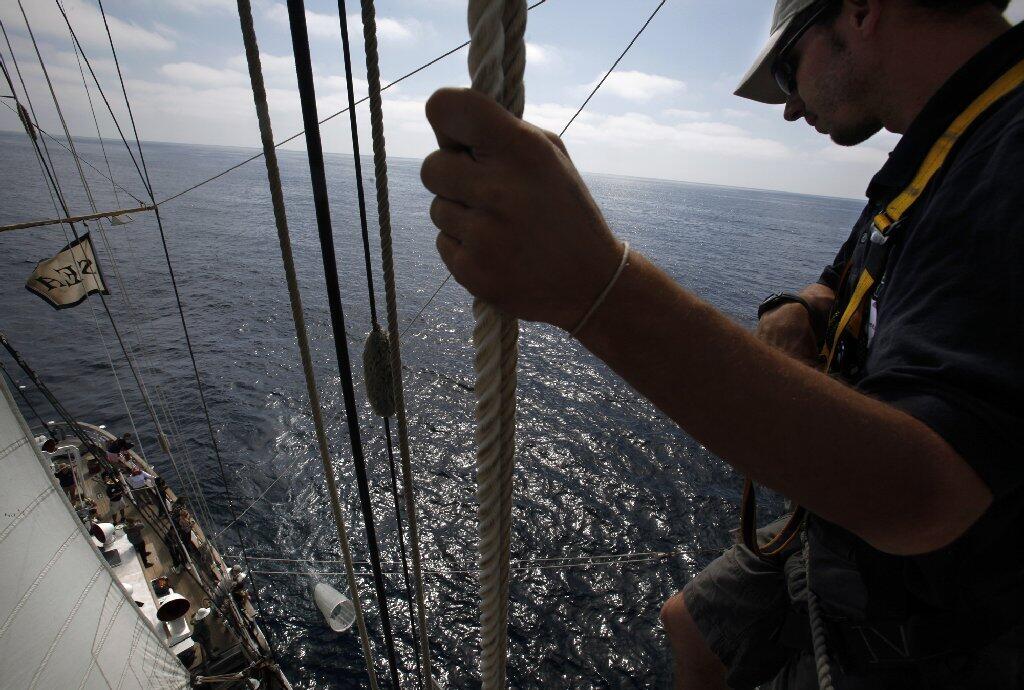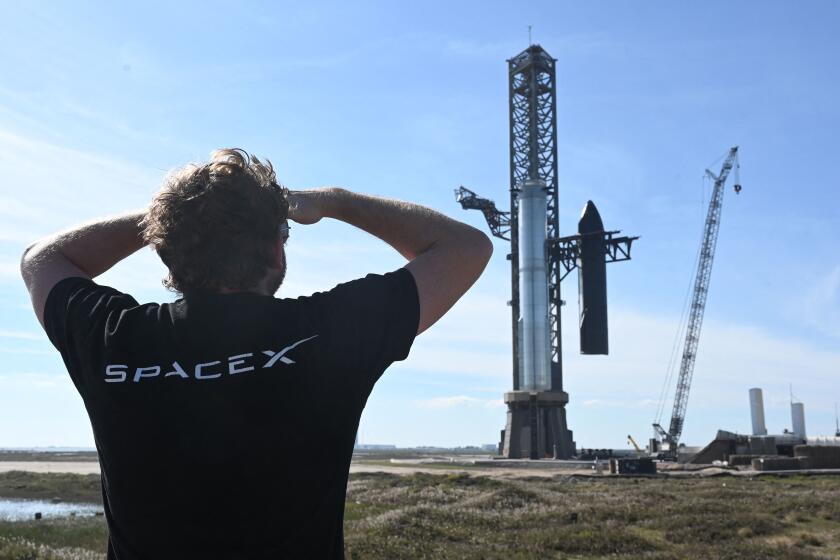Researchers from the University of San Diego sailed 10 miles off the coast of San Diego to gather samples of water, mud and marine life. The specimens will help them learn more about how microscopic bits of plastic are affecting the environment.
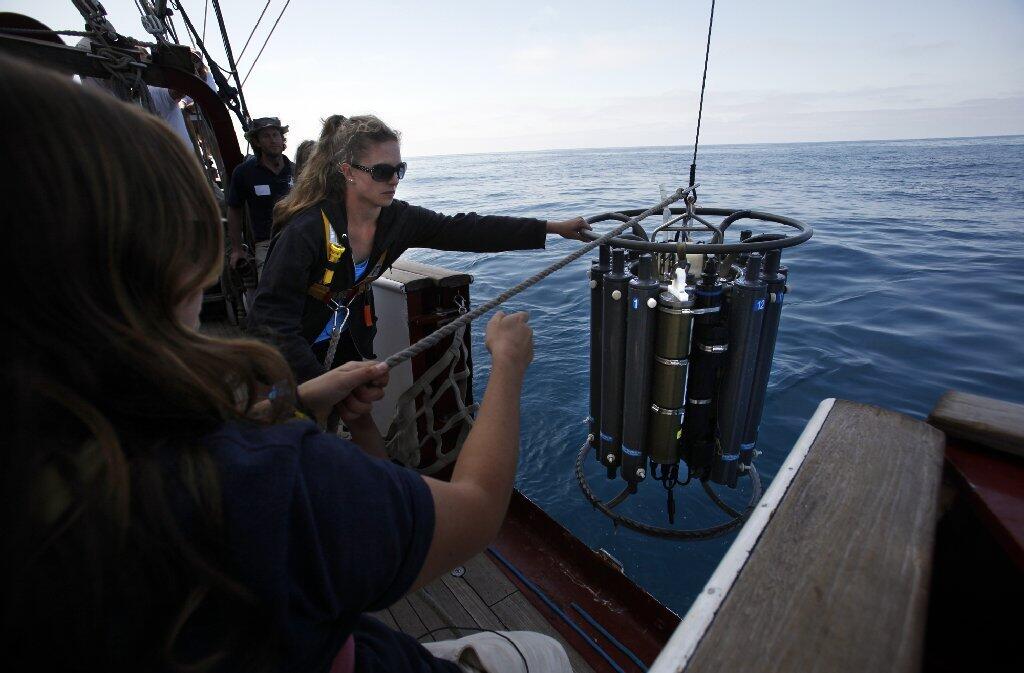
Students from the University of San Diego guide a water collection device aboard the Sea Education Assn.’s brigantine Robert C. Seamans. They will study the samples in their lab to learn more about the effects of the “plastisphere.” (Bob Chamberlin / Los Angeles Times)
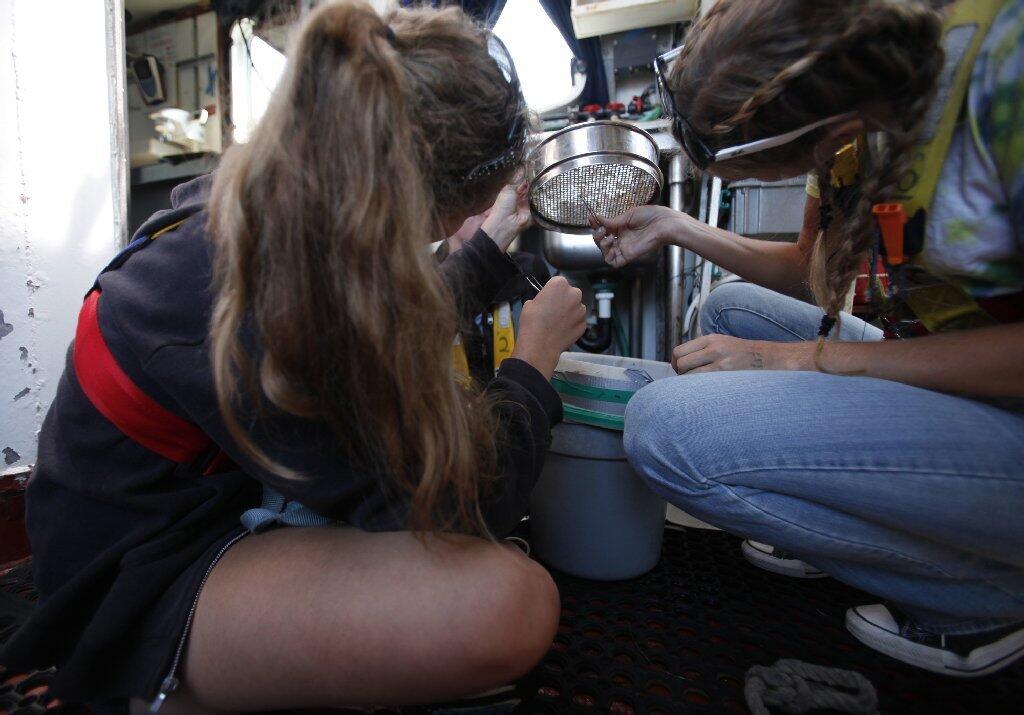
Student researchers aboard the Robert C. Seamans use tweezers to pluck specimens trapped in a mesh filter. (Bob Chamberlin / Los Angeles Times)
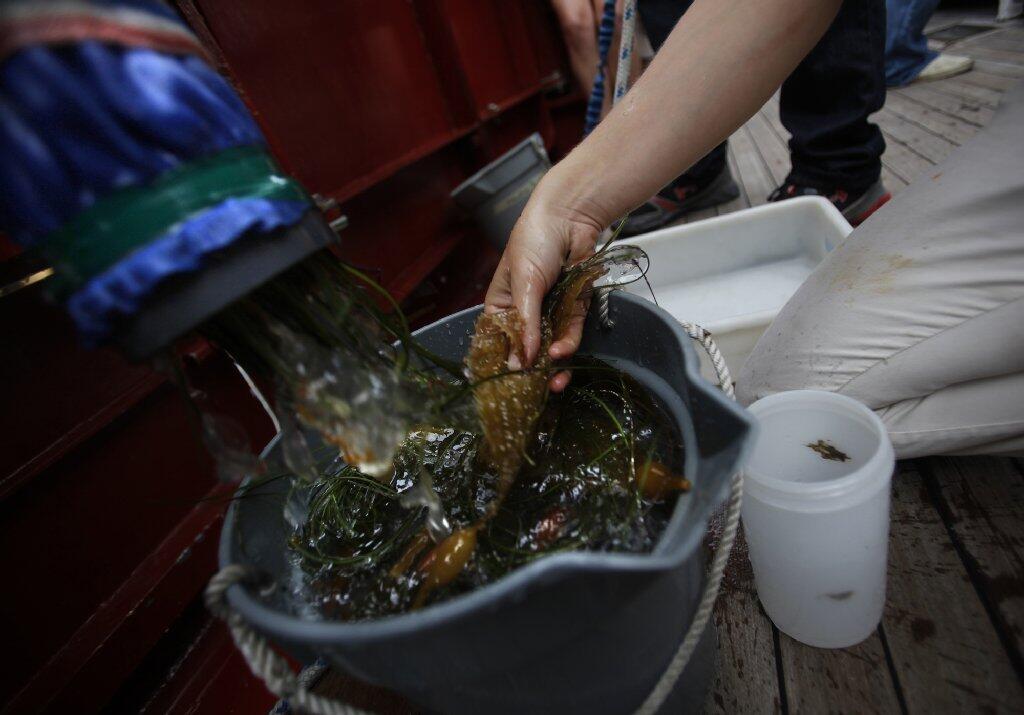
USD students gather specimens as they pour out of a net aboard the Robert C. Seamans as it sails 10 miles off the coast of San Diego. (Bob Chamberlin / Los Angeles Times)
Advertisement
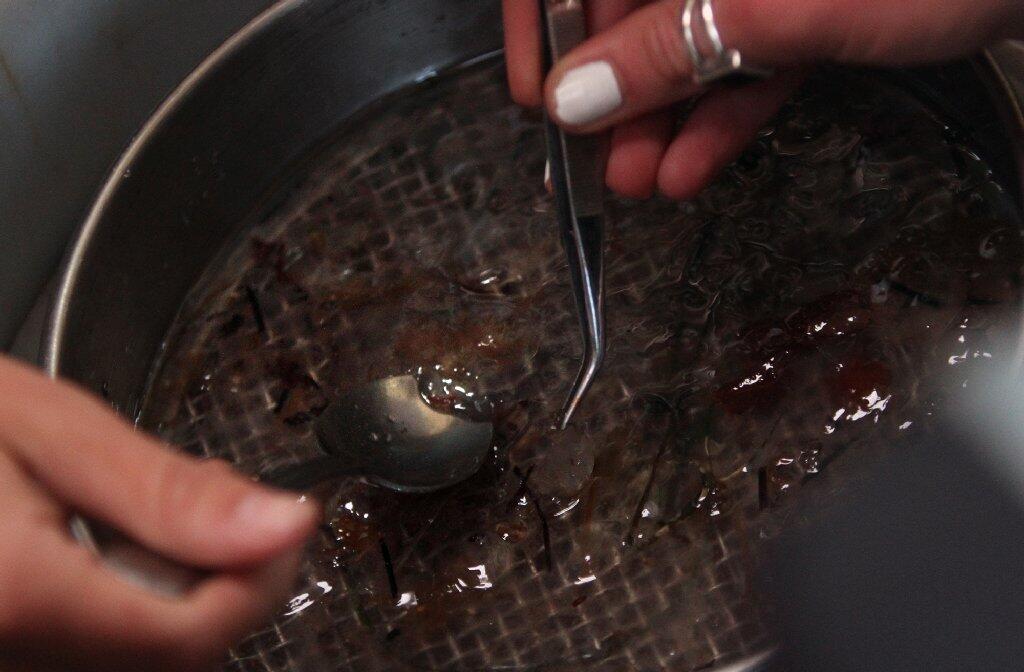
Students use tweezers and a spoon to gather specimens collected in the waters off San Diego. (Bob Chamberlin / Los Angeles Times)
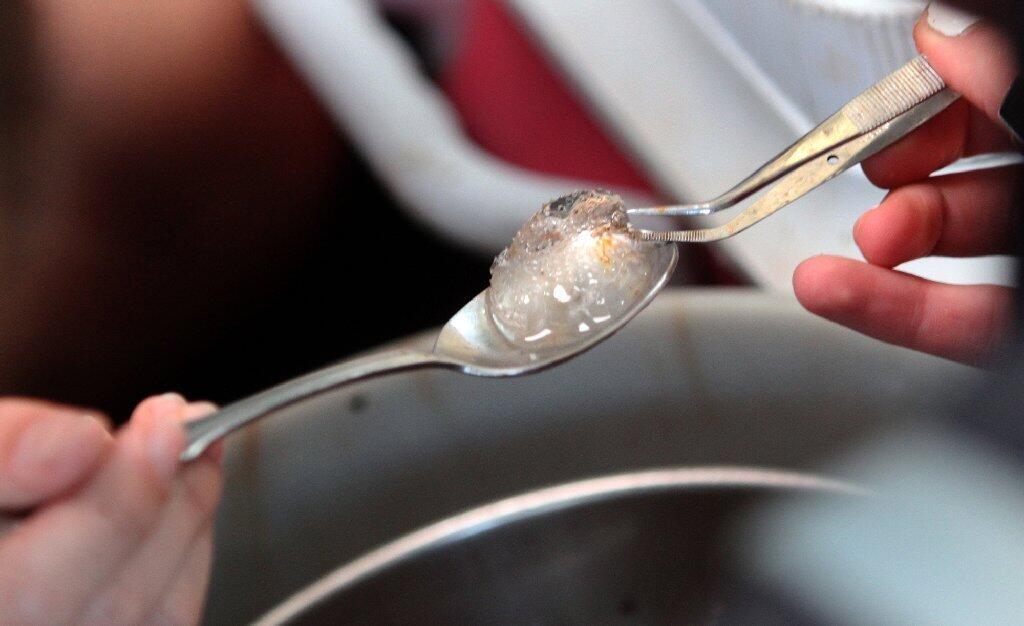
Specimens are handled with great care. Researchers hope these samples will help them understand the marine ecosystem known as the “plastisphere.” (Bob Chamberlin / Los Angeles Times)
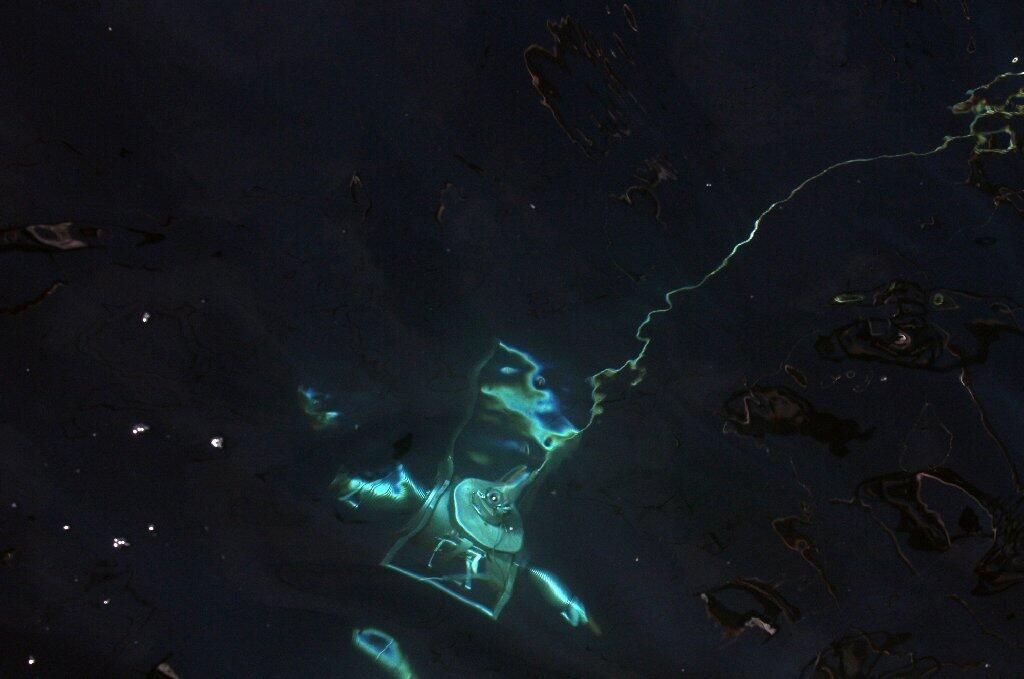
A remote-controlled mud digger called a shipek grab emerges from a nearly 900-foot-deep trench with its cargo of mud. USD researchers will study the mud to learn more about the ecosystem called the plastisphere. (Bob Chamberlin / Los Angeles Times)
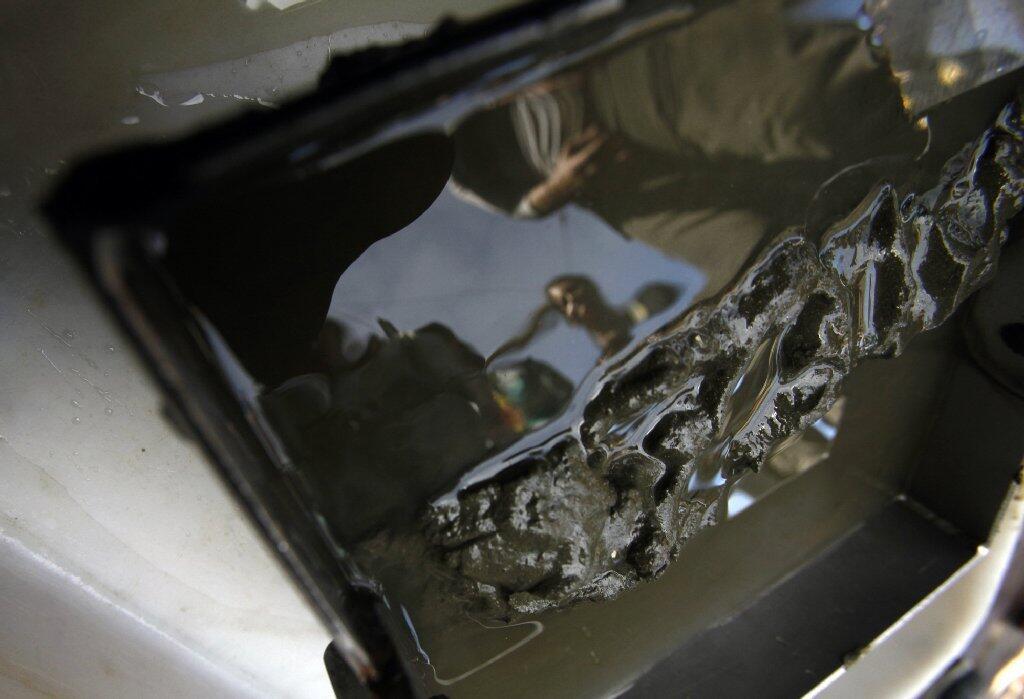
Students and instructors from the University of San Diego have their first look at mud collected from a deep ocean trench to help them learn about the plastisphere. (Bob Chamberlin / Los Angeles Times)
Advertisement
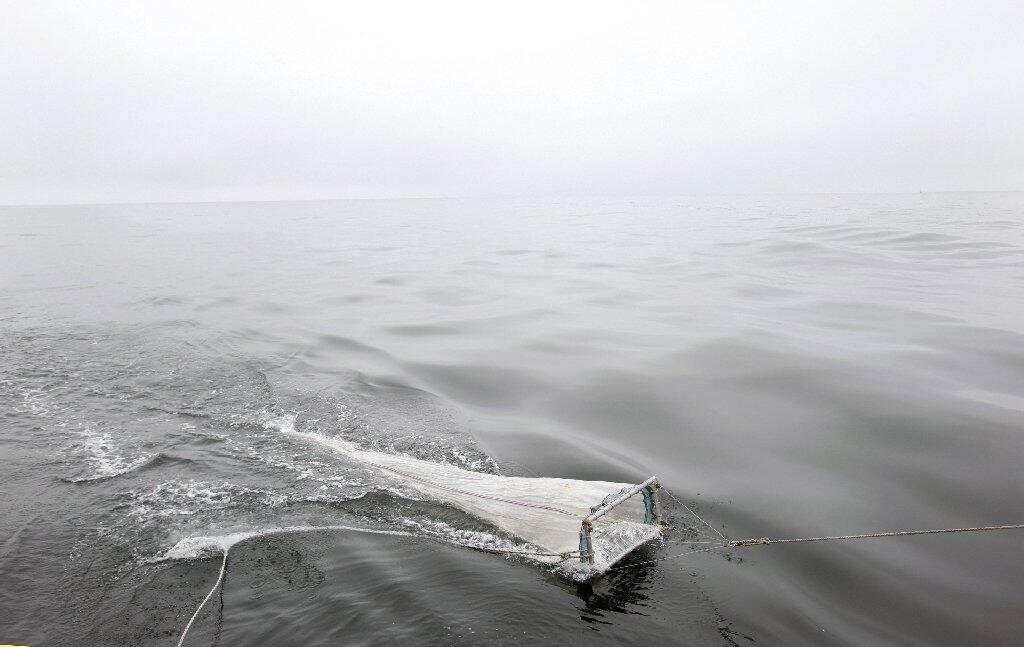
A fine mesh net collects samples of animal and plant life as it is towed behind Sea Education Assn.’s brigantine Robert C. Seamans. (Bob Chamberlin / Los Angeles Times)
